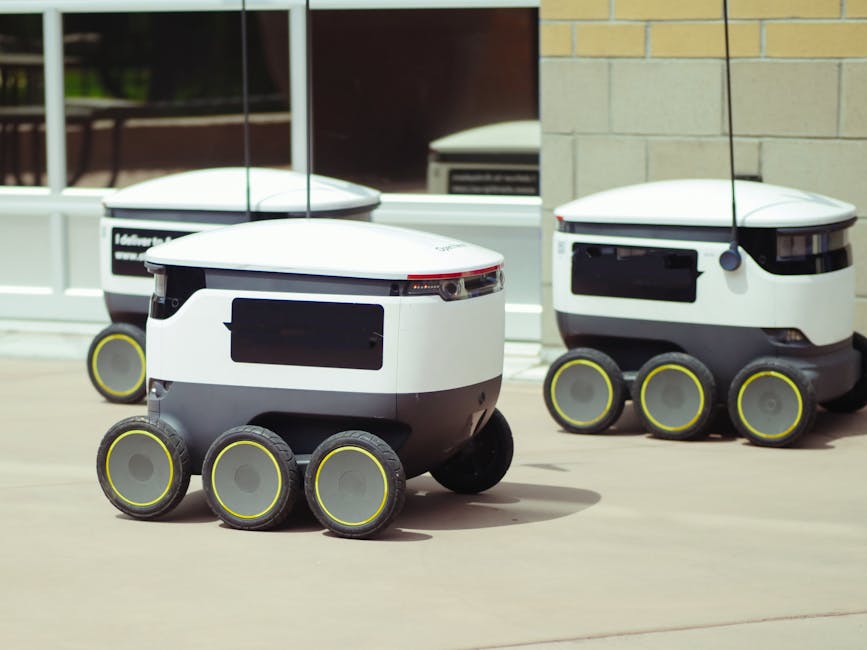No products in the cart.
The Future of Food Delivery: Automation’s Impact on Gig Workers
Automation in food delivery is transforming the gig economy. Explore the implications for workers and the industry.
San Francisco, USA — The food delivery landscape is undergoing a seismic shift. With the rise of automation, traditional gig workers face an uncertain future. Companies are increasingly deploying robots and drones for deliveries, raising questions about the viability of human riders.
The pandemic accelerated the demand for food delivery services. According to Statista, the global online food delivery market is projected to reach $200 billion by 2025, up from $107 billion in 2019 [1]. This growth has attracted startups and tech giants alike, all vying for a piece of the lucrative pie.

However, this growth comes with a caveat. As technology improves, companies like DoorDash and Uber Eats are investing heavily in automation. In 2023, DoorDash announced the pilot of its autonomous delivery robot, which can navigate sidewalks and cross streets, potentially replacing thousands of gig workers [2].
Automation and the Gig Economy
Automation in food delivery raises critical questions about the future of gig work. On one hand, tech proponents argue that robots can enhance efficiency. They suggest that automation can reduce costs and increase delivery speed. On the other hand, critics highlight the potential displacement of workers. A report from the Brookings Institution estimates that up to 36 million Americans could be at risk of losing their jobs to automation [3].
Automation and the Gig Economy Automation in food delivery raises critical questions about the future of gig work.
Gig workers typically enjoy flexibility, but the rise of automation threatens to erode these benefits. Workers rely on platforms like DoorDash for income. If robots take over these roles, many could face financial instability. Moreover, the gig economy has already been criticized for its lack of worker protections. Automation could exacerbate these issues, leading to a race to the bottom in terms of wages and conditions.
The Balancing Act: Innovation vs. Employment
Companies must navigate the delicate balance between innovation and employment. Some are exploring hybrid models that incorporate both human labor and automation. For instance, Domino’s has experimented with autonomous delivery vehicles while maintaining a workforce of drivers. This approach aims to blend the efficiency of technology with the personal touch of human interaction.
Moreover, consumer preferences play a significant role in shaping this landscape. A survey by the National Restaurant Association found that 60% of consumers prefer delivery from humans rather than robots [4]. This sentiment could compel companies to rethink their strategies, ensuring that human workers remain an integral part of the delivery experience.
Policy Implications and Future Trends
As automation becomes more prevalent, policymakers must step in to address the implications for gig workers. Currently, gig workers lack many of the protections afforded to traditional employees. Advocates are pushing for legislation that ensures fair wages, job security, and benefits. California’s Assembly Bill 5, which aimed to classify gig workers as employees, serves as a case study in the ongoing debate over worker rights [5].
Looking ahead, the future of food delivery will likely involve a combination of human and robotic workers. Companies will need to invest in retraining programs to help displaced workers transition into new roles. As automation continues to evolve, the industry must prioritize ethical considerations, ensuring that technological advancements do not come at the expense of human livelihoods.
Policy Implications and Future Trends As automation becomes more prevalent, policymakers must step in to address the implications for gig workers.
In a world where convenience is king, the challenge lies in harnessing technology without forsaking the human element. The food delivery sector stands at a crossroads. How it navigates the intersection of innovation and employment will shape not only the gig economy but also the broader labor market in the years to come.











